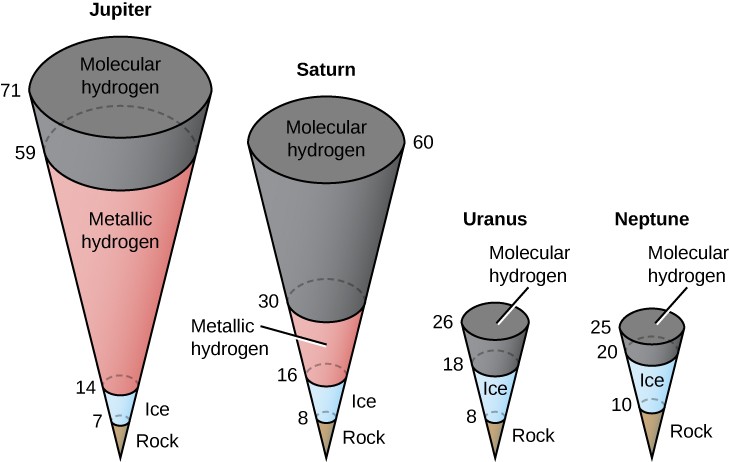Internal help desk ticketing system is a crucial tool that streamlines support within organizations, ensuring that employee queries and technical issues are resolved promptly and efficiently. By centralizing support requests, it fosters better communication and management of resources, allowing teams to focus on their core responsibilities without unnecessary distractions.
This system not only enhances the efficiency of handling issues but also contributes to the overall productivity of the organization. With features such as tracking, prioritization, and automation, the internal help desk ticketing system serves as a backbone for maintaining operational flow. As organizations increasingly adopt remote and hybrid work models, the need for a reliable help desk solution has become even more pronounced, ensuring that teams can access support from anywhere, at any time.

In today’s fast-paced world, the importance of time management cannot be overstated. Whether in professional environments, academic settings, or personal lives, mastering the art of time management can significantly enhance productivity and reduce stress. This article will delve into various techniques and strategies that can help individuals better manage their time, leading to greater efficiency and a more balanced life.Time management is the process of planning and exercising conscious control over the amount of time spent on specific activities.
Good time management enables an individual to assign specific time slots to activities as per their importance. This not only helps in prioritizing tasks but also ensures that the individual is able to meet deadlines and achieve set goals.One of the most effective methods of time management is the Eisenhower Matrix, which distinguishes between what is urgent and what is important.
This matrix allows individuals to categorize their tasks into four quadrants:
1. Urgent and Important (Do First)
Tasks that fall into this category require immediate attention and have significant consequences if not completed promptly.
2. Important but Not Urgent (Schedule)
These tasks are important for long-term goals but do not require immediate action. Scheduling time to work on these tasks can lead to better productivity in the long run.
3. Urgent but Not Important (Delegate)
Tasks that are urgent but don’t significantly contribute to your long-term goals can often be delegated to others.
4. Neither Urgent nor Important (Eliminate)
These tasks can be considered distractions and should be minimized or eliminated from your schedule.Another powerful technique is the Pomodoro Technique, which involves breaking work into intervals, traditionally 25 minutes in length, separated by short breaks. After four “Pomodoros,” a longer break is taken. This method not only enhances concentration but also prevents burnout by ensuring that individuals take regular breaks, allowing for greater sustained productivity.In addition to these techniques, setting clear and achievable goals is crucial for effective time management.

The SMART criteria—Specific, Measurable, Achievable, Relevant, and Time-bound—can be a helpful framework when setting goals. Clear goals guide focus and provide motivation, making it easier to prioritize tasks and allocate time accordingly.Planning is another key component of effective time management. Utilizing tools such as planners, calendars, or digital apps can help visualize tasks and deadlines. By planning ahead, individuals can allocate their time more efficiently, ensuring that they are prepared for upcoming commitments.
A daily or weekly review can also help assess progress and readjust priorities as necessary.Moreover, understanding one’s own productivity patterns can greatly influence time management. Everyone has different times of the day when they are most productive. Some might find they work best in the morning, while others may be night owls. By identifying these periods and scheduling important tasks during peak productivity times, individuals can enhance their output.Distractions are a significant barrier to effective time management.
In the digital age, constant notifications from emails, social media, and other apps can easily derail focus. To combat this, individuals can create a conducive work environment by silencing unnecessary notifications, setting up designated workspaces, and establishing boundaries with others regarding work time. This intentional approach to managing distractions can lead to increased focus and efficiency.Time management also involves the ability to say no.
In both professional and personal spheres, it can be tempting to take on more tasks than one can handle. However, overcommitment can lead to burnout and decreased productivity. Learning to say no to non-essential tasks is crucial for prioritizing what truly matters and aligning efforts with goals.Furthermore, regular reflection and adjustment are important aspects of time management. Taking time to review what strategies are working and what aren’t can provide valuable insights.

Adjusting methods and experimenting with different techniques can help individuals find the best personal approach to managing their time effectively.Incorporating rest and leisure into time management is also essential. Many people overlook the importance of taking breaks and time off. Rest is not a luxury; it is a necessity for maintaining mental and physical health. Scheduling downtime allows individuals to recharge, leading to improved focus and productivity when they return to work.As technology continues to evolve, there are numerous tools and applications designed to assist with time management.
From simple to-do lists to advanced project management platforms, finding the right tools can streamline the process and provide additional support. It’s worth investing time into exploring various options to discover what works best for your specific needs.In conclusion, mastering time management is a critical skill that can lead to greater personal and professional fulfillment. By employing strategies such as the Eisenhower Matrix, Pomodoro Technique, goal setting, effective planning, and minimizing distractions, individuals can take control of their time.
Moreover, the emphasis on reflection, the ability to say no, and the importance of rest cannot be overlooked. Implementing these strategies not only fosters productivity but also contributes to overall well-being, making time management an invaluable skill to cultivate.
FAQs
What is an internal help desk ticketing system?
An internal help desk ticketing system is a software application that allows organizations to track and manage support requests from employees.
How does it improve efficiency?
By centralizing support requests and automating workflows, it ensures faster resolution times and better resource allocation.
Can it be integrated with other tools?
Yes, many ticketing systems can integrate with communication platforms, project management tools, and CRM software to enhance functionality.
Is it suitable for remote teams?
Absolutely, internal help desk ticketing systems are designed to support remote work by allowing employees to submit tickets from anywhere.
What features should I look for in a ticketing system?
Look for features like ticket tracking, automation, reporting, user-friendly interface, and integration capabilities.






















